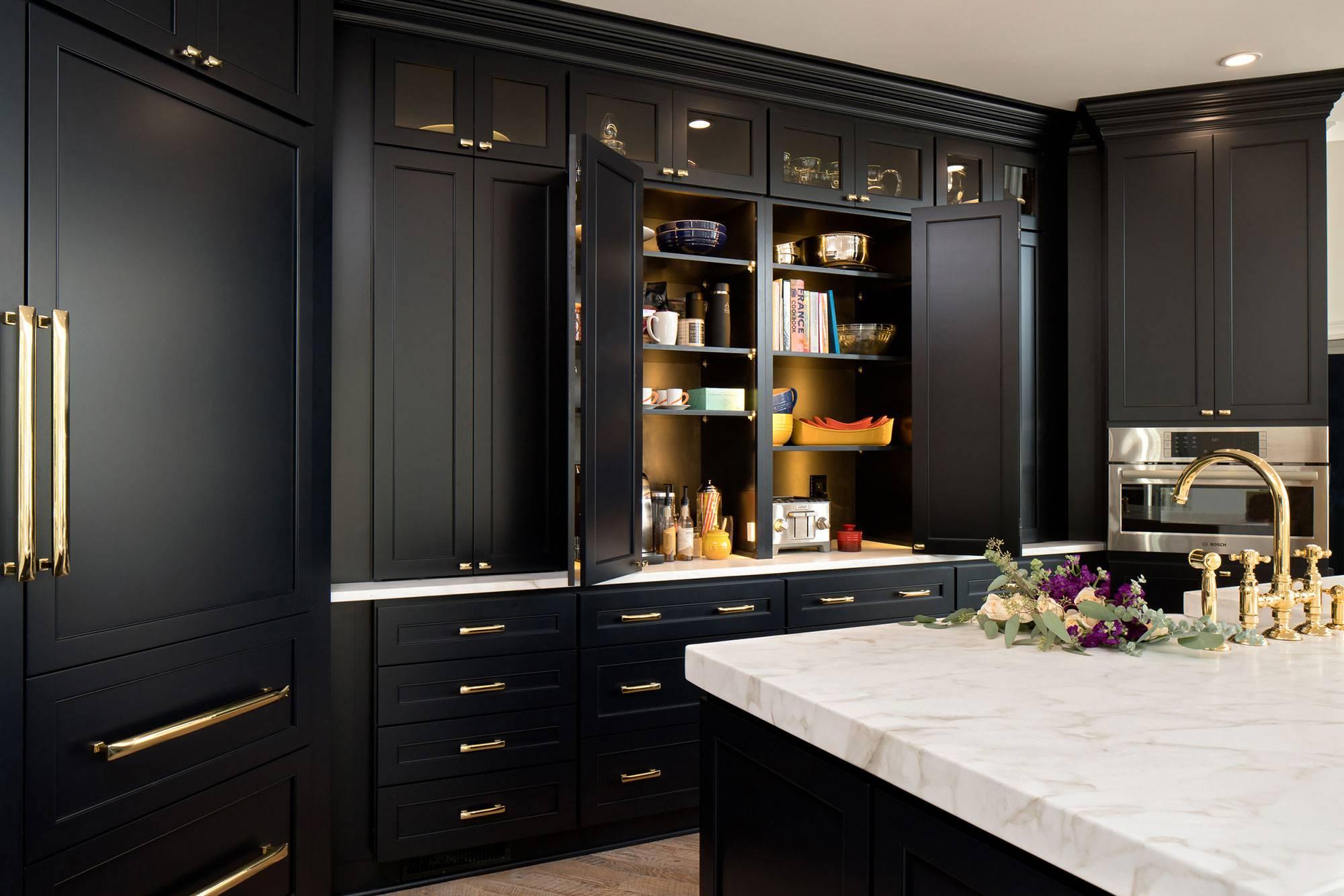When it comes to upgrading your kitchen, few materials rival the beauty and durability of granite. Known for its elegance, heat resistance, and long-lasting appeal, granite is the top choice for countertops in both modern and classic kitchens. Whether you're remodeling an old space or starting a new kitchen installation from scratch, kitchen granite installation is a decision that blends aesthetics with functionality. But for a flawless outcome, proper planning and expert execution are essential.
Why Choose Granite for Your Kitchen?
Granite stands out for its unique combination of luxury and practicality. Each slab is a natural masterpiece, offering a one-of-a-kind look thanks to its mineral composition and veining. More importantly, granite countertops are:
-
Highly Durable: Granite resists scratches and chips better than most countertop materials.
-
Heat-Resistant: You can place hot pots and pans directly on the surface without worry.
-
Low-Maintenance: Once sealed, it repels moisture and resists staining with minimal upkeep.
-
Value-Boosting: Granite can increase your home's resale value and appeal to buyers.
If you're considering a full kitchen installation, granite makes a smart investment for the long haul.
Key Phases of Kitchen Granite Installation
Proper granite installation is a multi-step process that demands precision. Here’s a breakdown of what to expect:
1. Initial Consultation & Selection
Your project begins with a design consultation. A contractor or designer will measure your space and discuss style preferences. This is when you'll choose your granite slab. Since no two slabs are the same, you’ll want to view them in person to evaluate patterns, colors, and finishes.
Look for a granite style that complements your cabinets, flooring, and backsplash. For a seamless kitchen installation, ensure the stone harmonizes with your overall color scheme.
2. Template Creation
After the slab is selected, the next step is to create a digital or physical template of your kitchen countertops. This ensures that the granite is cut precisely to fit your kitchen's dimensions—including sink openings, cooktop space, and edge details.
Accurate templating is crucial for successful granite installation, as even small measurement errors can lead to costly mistakes.
3. Cutting and Fabrication
Once templating is complete, the granite is cut and fabricated at the workshop. This stage includes:
-
Edge Profiling: You can choose from eased, beveled, bullnose, ogee, and other edge designs based on your style.
-
Polishing: The granite surface is polished to a smooth, glossy finish.
-
Cutouts: Precise holes are made for sinks, faucets, or stove inserts.
Professional fabricators use CNC machines and diamond-tipped tools for ultra-precise results.
4. Site Preparation
Before kitchen granite installation begins on-site, the existing countertops (if any) must be removed. Cabinets should be level and sturdy enough to support the weight of granite, which can weigh over 20 pounds per square foot.
Proper bracing or plywood support is installed if needed, especially around dishwashers or unsupported spans.
5. Installation Day
Installation usually takes a few hours, depending on the complexity. The process includes:
-
Slab Placement: The granite is carefully lowered into position using suction lifters or other specialized equipment.
-
Seaming: If multiple pieces are used, seams are joined and blended to look seamless.
-
Securing: The slabs are affixed using epoxy or silicone, and anchors are attached for under-mount sinks.
-
Sealing: A penetrating sealer is applied to protect the stone from staining and moisture.
Once in place, granite needs 24-48 hours to fully cure before regular use.
Common Challenges in Granite Installation
While granite is a top-tier material, its installation presents unique challenges:
-
Heavy Weight: It requires multiple installers and proper support.
-
Seam Visibility: Poorly matched seams can ruin the aesthetic. Expert installers ensure color consistency.
-
Cracks and Chips: Improper handling can lead to breakage, especially in narrow sections like sink areas.
-
Leveling: Uneven cabinets may need adjustment before installation begins.
Hiring an experienced contractor for your kitchen installation minimizes these risks.
Granite Maintenance Tips
Once installed, your granite countertops are fairly easy to care for. Here are some maintenance tips:
-
Seal Annually: Use a high-quality stone sealer to maintain water and stain resistance.
-
Avoid Harsh Cleaners: Use pH-neutral soap and water; avoid acids like vinegar or lemon.
-
Wipe Spills Immediately: Especially wine, oil, or juice—these can stain unsealed stone.
-
Use Cutting Boards: Granite is scratch-resistant, but cutting directly on it can dull your knives.
Cost Considerations
The cost of kitchen granite installation depends on:
-
Granite Grade: Entry-level granite costs less than exotic imported slabs.
-
Edge Design: Simple edges are cheaper than ornate profiles.
-
Slab Thickness: Standard thickness is 3cm; thicker slabs cost more.
-
Labor & Region: Skilled labor costs vary by location and experience.
Expect to pay between $40 and $100 per square foot, including material, fabrication, and installation.
Conclusion: Invest in Long-Term Beauty
Whether you're renovating an outdated kitchen or building a new one, incorporating granite through a professional kitchen granite installation process adds lasting beauty and performance to your space. With the right planning, expert craftsmanship, and proper care, your granite countertops will serve as a timeless focal point for years to come.
For homeowners seeking premium finishes that marry elegance with durability, granite continues to be the gold standard in kitchen installation projects.

